Welcome to the third issue of WWII Quarterly. We have put together an eclectic (and electric) line-up of features that we are sure will be of interest to all WWII buffs, no matter what your primary area of interest may be.
Within these pages, you’ll find Al Vannoy’s story of the constructing of Hitler’s supposedly impregnable “Atlantic Wall” that he hoped would prevent an Allied invasion of Nazi-controlled Europe; a photo essay from author Eric Hammel’s extensive collection of U.S. Marine Corps photographs; and Henrik Lunde’s in-depth examination of the exceptionally violent but little-known 1944 victory by Finland and Germany over the Soviet Union.
Also here is a look at the courageous actions of a handful of American troops to capture the last intact bridge over the Rhine, along with an insightful article by Leila Levinson who was on a mission to discover why, even more than 65 years later, so many of the GIs who stumbled upon the Nazi concentration camps and liberated the living skeletons still find it so difficult to deal with the memories.
We have also included an article by Will Stroock on the controversial British commander “Mad Mike” Calvert and his 77th Chindit Brigade’s hard-fought victory in Burma; a first-person look at racism in the U.S. Navy by Joseph LaNier II; and Mason Webb’s update of the facts and rumors surrounding Deputy Führer Rudolf Hess’s mysterious 1941 flight to Scotland––and his equally mysterious death at age 93 in Berlin’s Spandau Prison.
Rounding out the issue is a look at the National World War II Museum in New Orleans––the first of a series of articles about the hundreds of military museums around the world devoted to preserving the artifacts and telling the history of World War II.
Just a little something for everyone––which is what we promise to do with each coming issue.
The broad spectrum of stories in this issue reinforces the fact that there is such a depth of intriguing, interesting information still out there about the war just waiting to be explored. While some of the information is familiar, much of it remains new and startling.
After all, just seven decades ago, hundreds of millions of people were greatly affected by the world’s costliest, widest ranging, and most destructive man-made cataclysm of all time. Tens of millions of people served in uniform on one side or the other, and all of them have their own stories to tell about their experiences.
Flint Whitlock, Editor
ON THE BEACH
In September 2009, I was invited by the National Geographic Society to be the “military expert” accompanying a weeklong D-Day tour of southern England and northern France to visit sites related to the Allies’ 1944 Normandy invasion.
While I had been to the area on several previous occasions, I was privileged to be allowed access to some sites I hadn’t seen before, and to share information about the massive Operation Overlord with the 20 or so people on the trip, many of whom were visiting the sites for the first time.
We saw the places where the plans were made and the orders given. We stood on the wharves of Portsmouth harbor and could feel the great armada that set sail for the beaches of Normandy 65 years earlier. We crossed the same Channel that was once hull-to-hull with warships and stood on the sands where thousands of men fought their way ashore––or died trying. We wandered the quiet lanes of Ste. Mère-Église, where once American paratroopers dropped. We walked across Pegasus Bridge, held by a handful of British glider troops in the early, desperate hours of June 6, 1944. And we walked down the long, silent corridors between the graves of the young German, British, and Americans who died in the battle for Normandy.
Through the tour participants’ eyes and questions we gained a new perspective on this, the largest combined air-and-amphibious combat assault of all time. We could see how awed they were by the enormity and complexity of the operation, and by the stories of the courage of the young men who risked (and sometimes gave) all in order to ensure (or, on the other side, prevent) an Allied victory.
As always, when visiting sites where world-changing events have taken place, one comes away feeling just a little more humble, and a little more grateful, because of what others accomplished for the sake of future generations.
In this, the 65th anniversary of the end of the most widespread and destructive war in human history, we hope that everyone will find a moment to think about those who served and fought for our precious freedoms––as well as for those young men and women who are fighting even now in the Middle East to preserve the blessings of liberty and end the tyranny of those who seek to destroy them.
Flint Whitlock
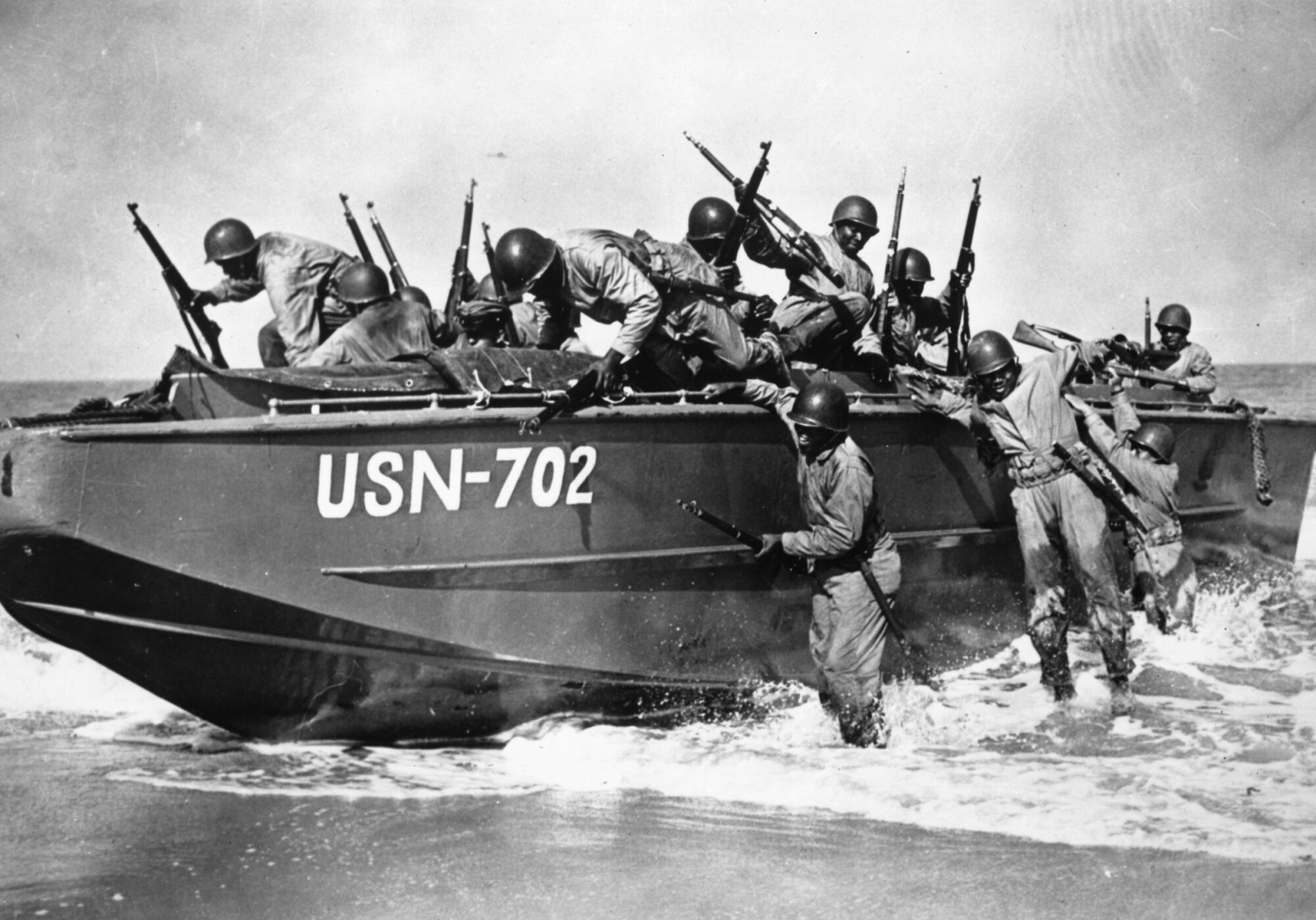
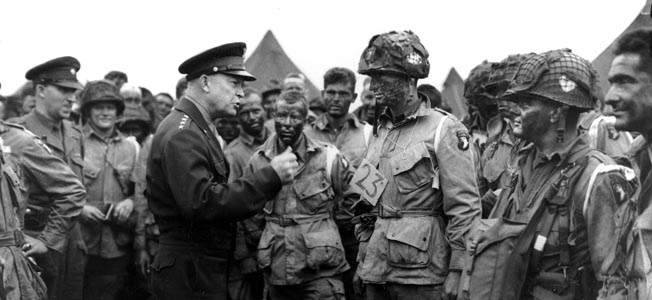
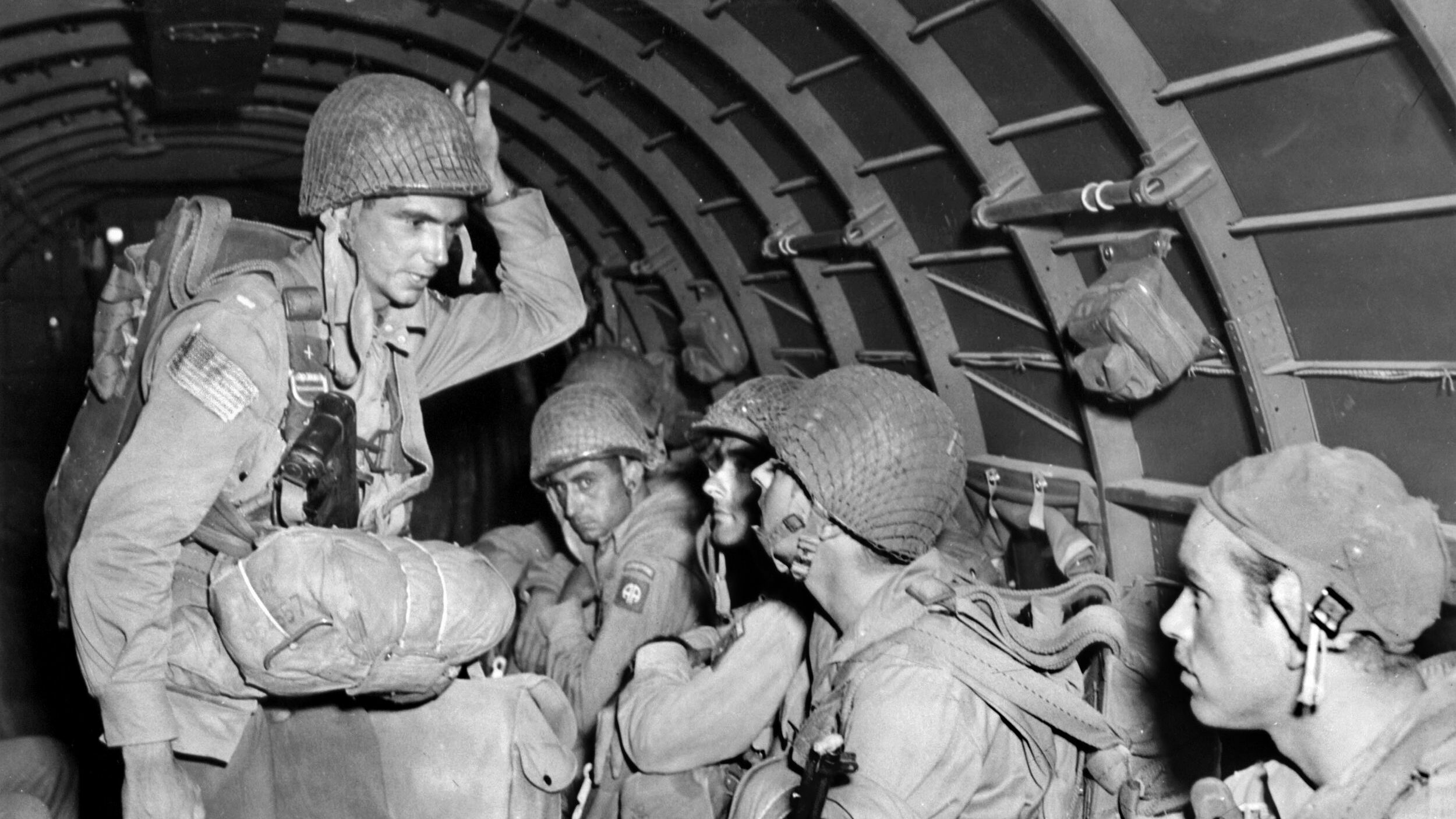
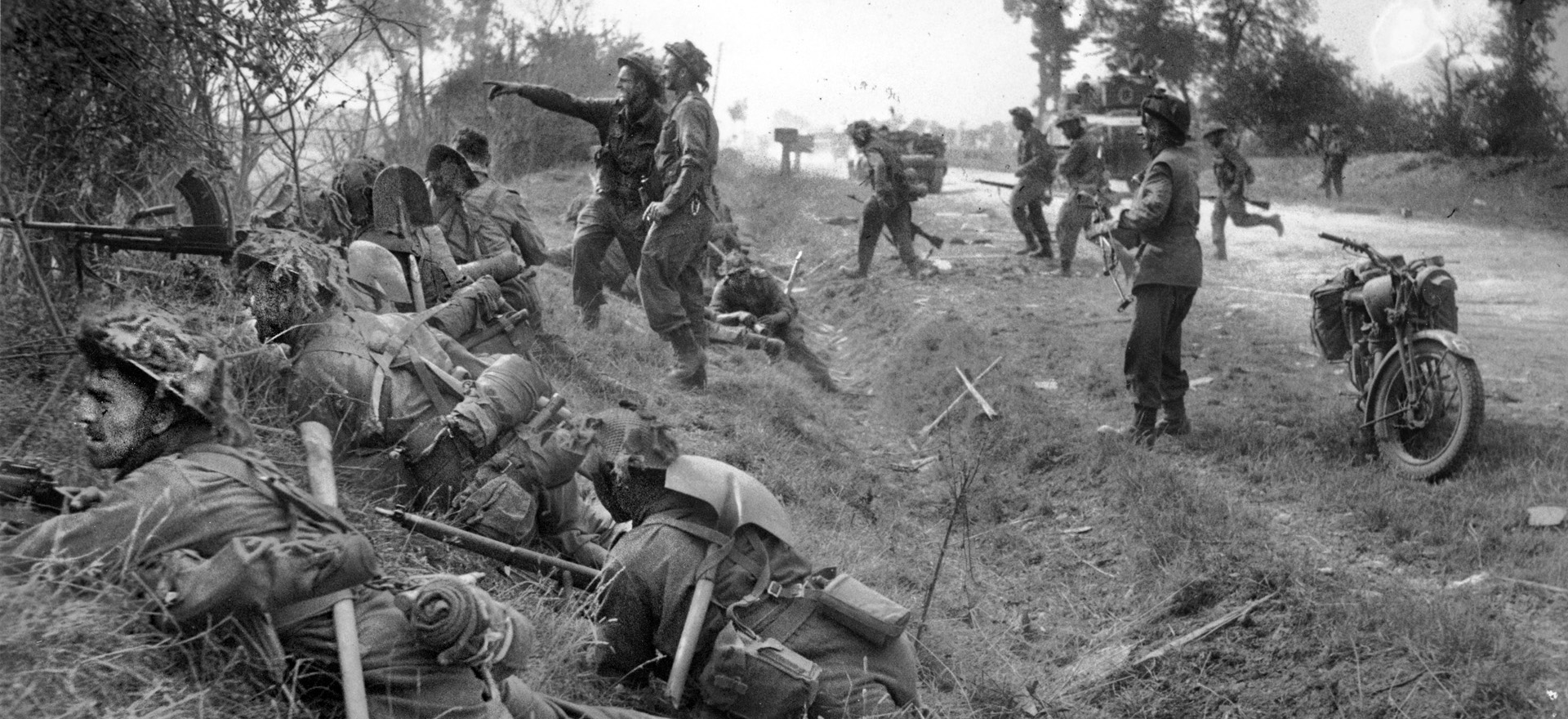
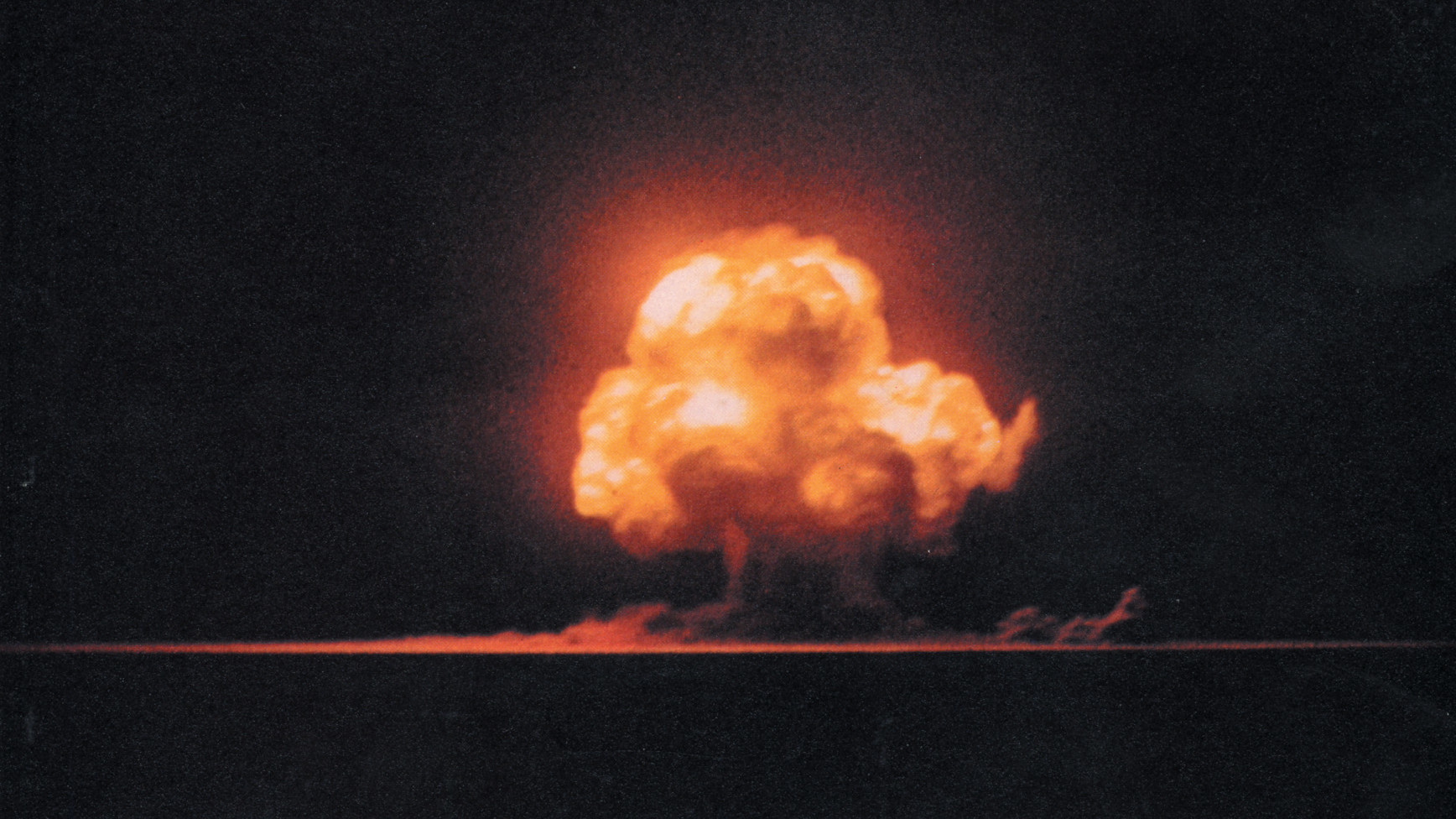
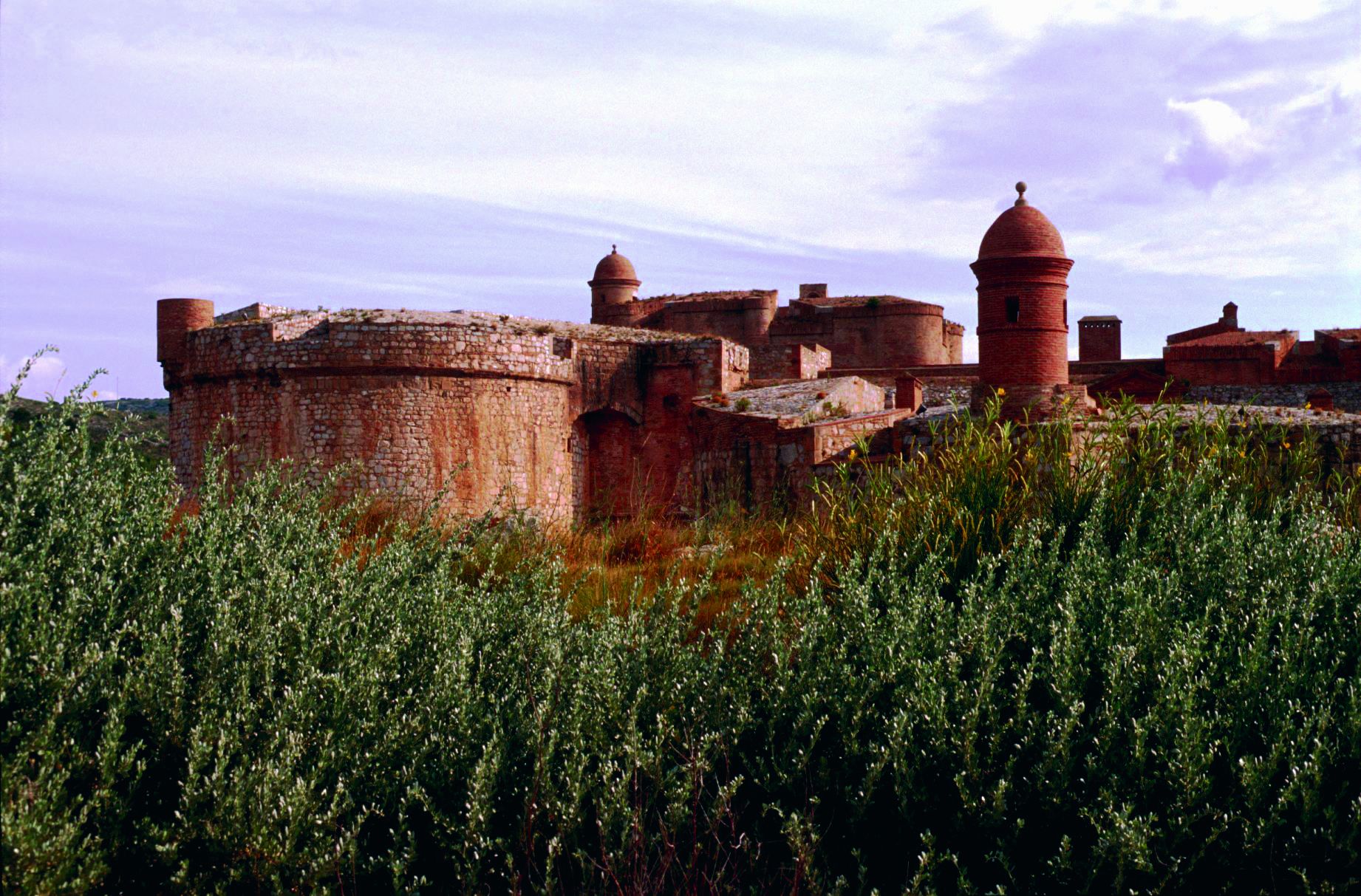
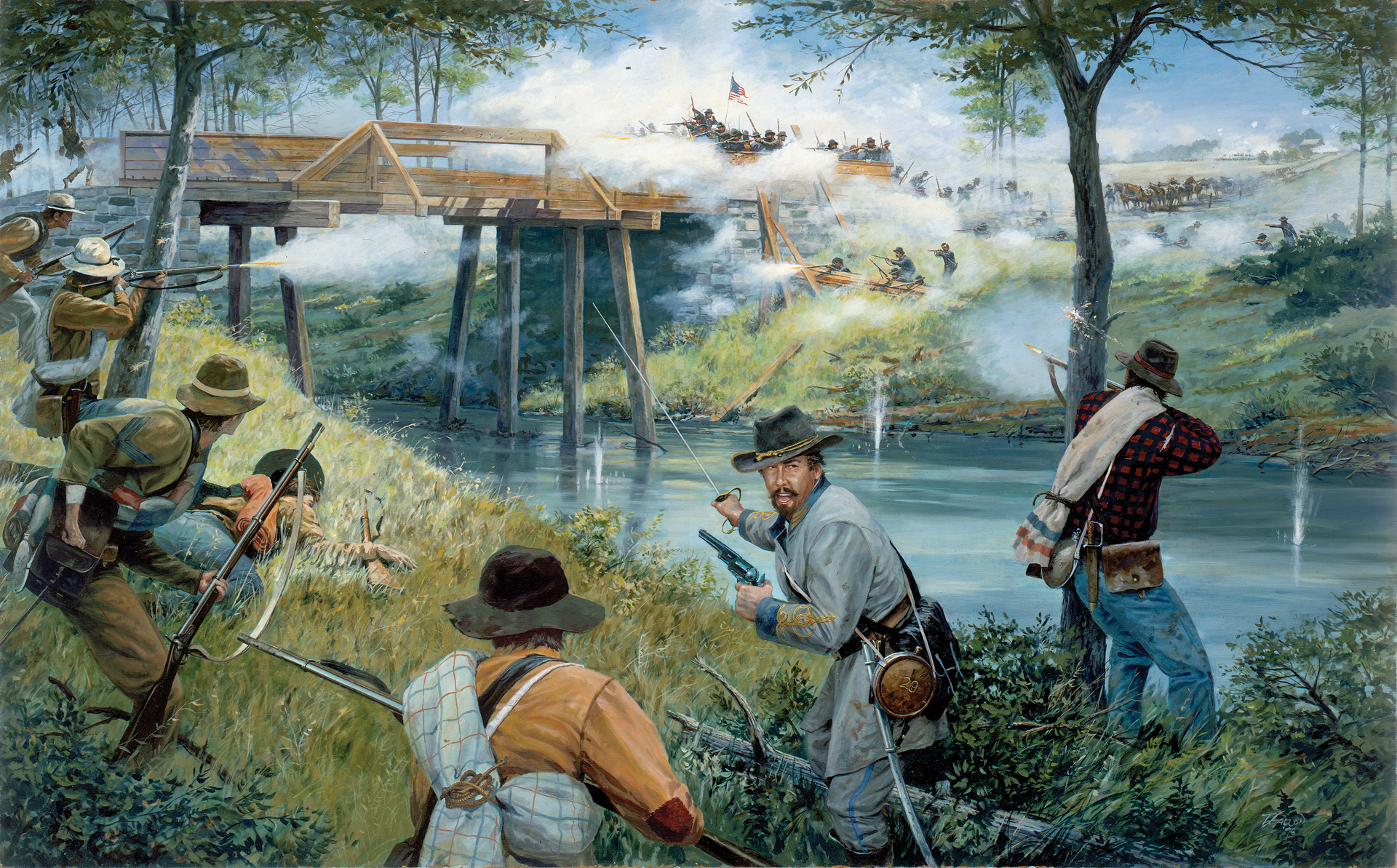
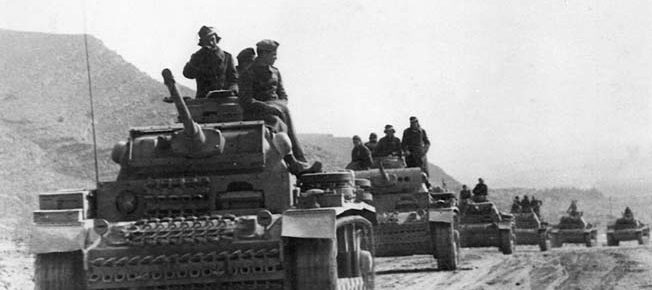

Join The Conversation
Comments
View All Comments